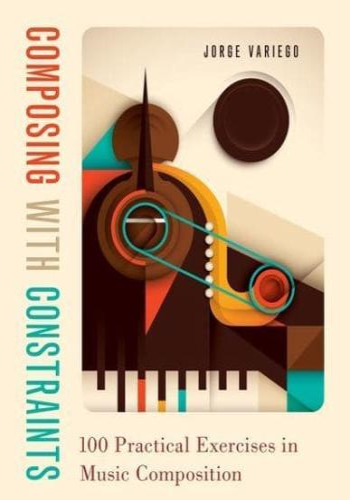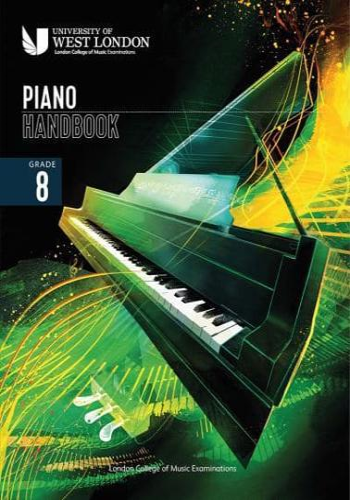You can hum it, but can you write it down?
When most people think of a composer, they picture a bewigged genius like Mozart or Beethoven frenetically directing mighty orchestras in the ornate palaces of Vienna. While that may have been the case once upon a time, modern composers make themselves heard far beyond the classical conservatoire and concert hall. These days, soundtracks are in high demand in industries such as TV, film, advertising, and even gaming to help create immersive and exciting experiences. Whatever your musical ambitions-composing a dark requiem in a beautiful Viennese apartment or producing the next great Star Wars-like movie theme in LA-the fully updated Music Composition For Dummies hits all the right notes to help you become confident in the theory and practice of composition.
To help you translate your musical ideas from fleeting tunes in your head to playable bars and notation on paper, professional composer and instructor Scott Jarrett and music journalist Holly Day take you on a friendly step-by-step journey through the process of musical creation, including choosing the right rhythms and tempos, creating melodies and chord progressions, and working with instruments and voices. You'll learn how to match keys and chords to mood, use form to enhance your creativity, and write in different styles from pop to classical-and you'll even learn how to keep hammering away when inspiration eludes you.
- Organize and preserve your musical ideas
- Formalize your knowledge with professional vocabulary
- Get familiar with composition apps and software
- Make a demo and market on social media
Filled with musical exercises to help you acquire the discipline you need for success, Music Composition For Dummies has everything you need to turn your inner soundtrack into a tuneful reality!







